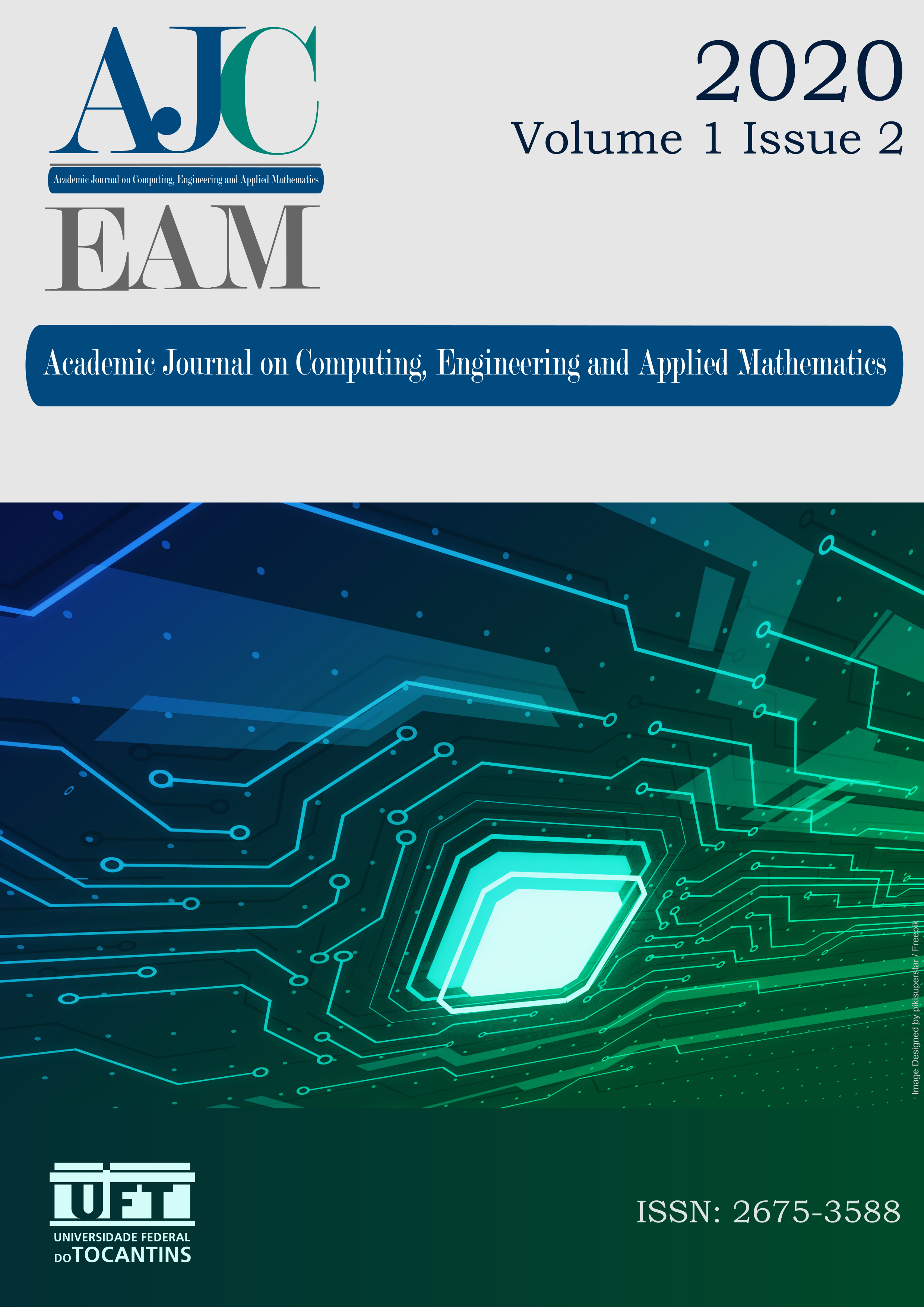Multilayer Perceptron optimization through Simulated Annealing and Fast Simulated Annealing
DOI:
https://doi.org/10.20873/ajceam.v1i2.9474Keywords:
Neural Network, Multilayer Perceptron, Simulated Annealing, MNIST DatabaseAbstract
The Multilayer Perceptron (MLP) is a classic and widely used neural network model in machine learning applications. As the majority of classifiers, MLPs need well-defined parameters to produce optimized results. Generally, machine learning engineers use grid search to optimize the hyper-parameters of the models, which requires to re-train the models. In this work, we show a computational experiment using metaheuristics Simulated Annealing and Fast Simulated Annealing for optimization of MLPs in order to optimize the hyper-parameters. In the reported experiment, the model is used to optimize two parameters: the configuration of the neural network layers and its neuron weights. The experiment compares the best MLPs produced by the SA and FastSA using the accuracy and classifier complexity as comparison measures. The MLPs are optimized in order to produce a classifier for the MNIST database. The experiment showed that FastSA has produced a better MLP, using less computational time and less fitness evaluations.
Downloads
Published
How to Cite
License
Copyright (c) 2020 Rafael Lima de Carvalho

This work is licensed under a Creative Commons Attribution-NonCommercial 4.0 International License.
Authors who publish in this journal agree to the following terms:
- Authors retain copyright and grant the journal the right of first publication, with work simultaneously licensed under the Creative Commons Attribution License (CC BY-NC 4.0), allowing work sharing with acknowledgment of the work's authorship and initial publication in this journal. ;
- Authors are authorized to enter additional contracts separately for the non-exclusive distribution of the version of the work published in this journal (eg, publishing in an institutional repository or as a book chapter), with acknowledgment of authorship and initial publication in this journal;
- Authors are allowed and encouraged to post and distribute their work online (eg, in institutional repositories or on their personal page) at any point after the editorial process;
- In addition, the AUTHOR is informed and agrees with the journal that, therefore, his paper may be incorporated by the AJCEAM into existing or existing scientific information systems and databases (indexers and databases). in the future (indexers and future databases), under the conditions defined by the latter at all times, which will involve at least the possibility that the holders of these databases may perform the following actions on the paper:
- Reproduce, transmit and distribute the paper in whole or in part in any form or means of existing or future electronic transmission, including electronic transmission for research, viewing and printing purposes;
- Reproduce and distribute all or part of the article in print;
- Translate certain parts of the paper;
- Extract figures, tables, illustrations, and other graphic objects and capture metadata, captions, and related article for research, visualization, and printing purposes;
- Transmission, distribution, and reproduction by agents or authorized by the owners of database distributors;
- The preparation of bibliographic citations, summaries and indexes and related capture references from selected parts of the paper;
- Scan and/or store electronic article images and text.



